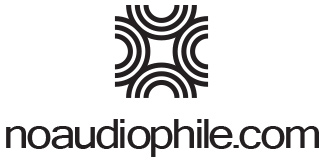ELAC Uni-fi UB5 Bookshelf Speaker by Andrew Jones

The ELAC UB5 was set to take the top spot on all the gear recommendation charts, but something went wrong.
The speakers are a hazy color of green and falling apart from the inside.
This is no design flaw, Andrew Jones has no flaws! It's Sabotage!
Detective Dr. Sir Jones is on the case, and he is kicking ass and taking names in the heart of Shenzhen China.
Every competitor has motive... was it KEF trying to hold onto its coaxial corner of the market, or maybe Harman finally had enough of Jones magic tricks.
My money is on Jones old Japanese masters, Pioneer. They still own the trademark to Jones signature, and could have used it to sign orders for green anodizing the midrange and using weak plastic clips to hold the crossover.
Regardless of risks, I went ahead and laid down the money to pick up a pair of UB5's knowing I would be getting at least "blemished" speakers with green midrange cones.
Well, I got the full monty. When I first picked up the speaker I thought the magnet had fallen off the woofer based on the racket coming from inside the cabinet.
I hooked up both speakers and hoped they would still be functional, but sadly the midrange on one speaker refused to play.
I'm not going to get any listening time in on ELAC UB5 speakers. They are going back, but I've got one good speaker, and that is enough to run through the measurements.
Update: ELAC America let me borrow a fully functioning pair of UB5's and I was able to complete listening impressions, which you can read in part 2 of this review.
Tweeter/Midrange:
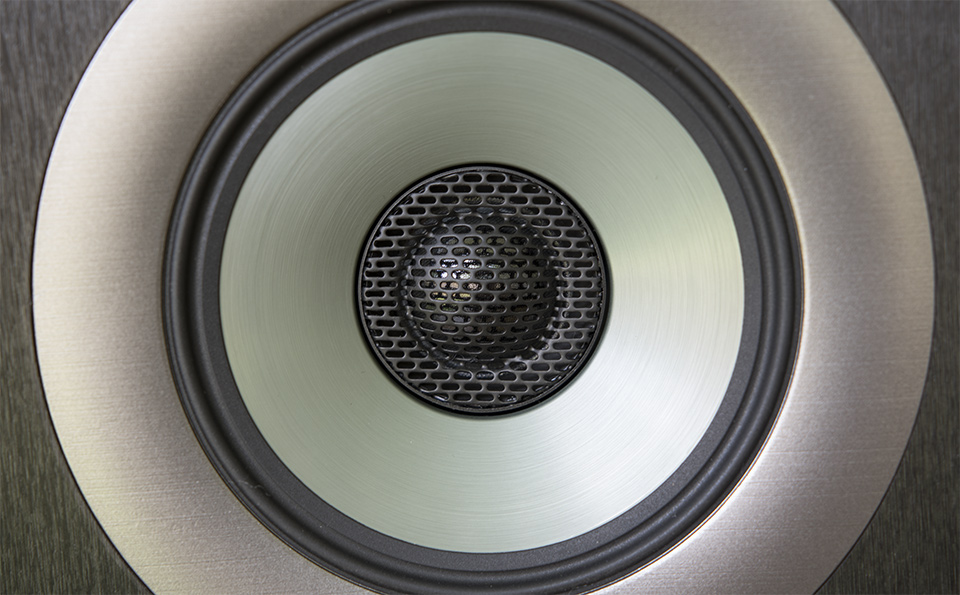
The reason for all of the excitement surrounding the ELAC UB5 speaker is the concentric driver. Basically they put a tweeter inside of the midrange and called it Uni-fi for marketing reasons.
This arrangement is beneficial to avoid interference between drivers, outside of the midrange flopping around, and to act as a point source for all for the sounds that are directional(not bass).
The tweeter is a soft dome hidden behind a grill and placed inside of the slightly green midrange cone.
The force required to remove the grill more than enough to deform the powered coated aluminum.
If you take the tweeter grill off and somehow manage to not damage the tweeter, they are not going back on.
The midrange is an aluminum cone with not much depth to it. The Uni-fi concentric driver is somewhere between the flat concentric Technics uses and the horn shape KEF likes.
Woofer:
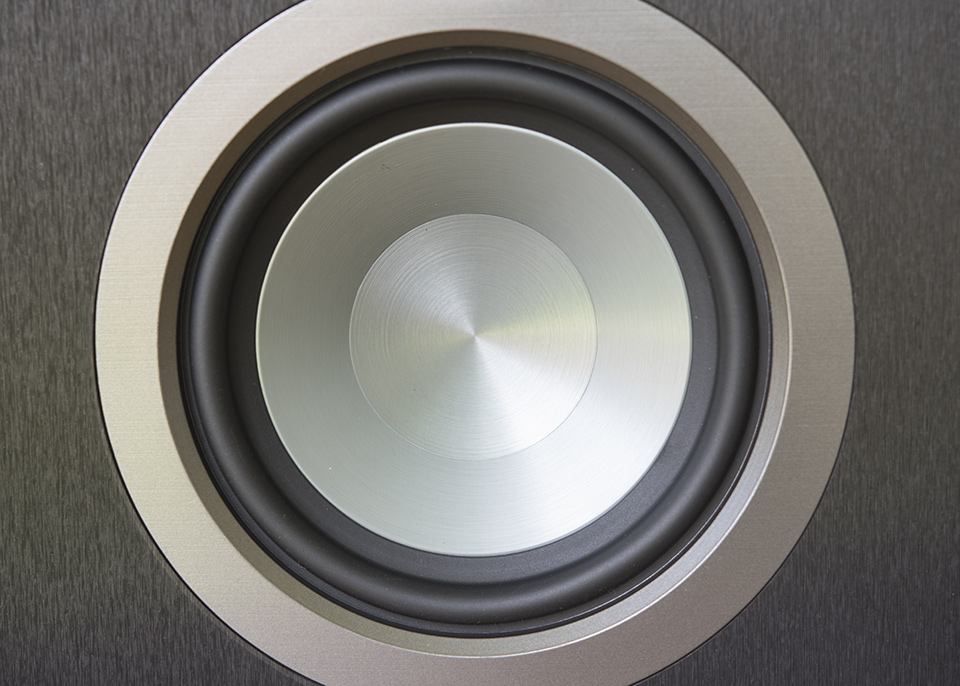
The woofer is also made out of aluminum, and looks like a nice driver. Aluminum is known for having really nasty cone breakup, but because his driver is only going to perform low frequencies in this 3 way setup, cone breakup will be way past the crossover point. If Dr. Jones got this right then it should be a pretty smooth sounding woofer.
Crossover:

The crossover board is about 7 inches deep by 5 inches wide, and just about covers the entire bottom inside panel of the speaker. From what I could see there are 3 large steel laminate inductors, and 3 air core inductors. For capacitors there are 3 poly, and 4 electrolytic. Looks like 4 wire wound resistors making up 2 L-pads to volume match the midrange and tweeter. If I had to guess it looks like the steel laminate inductors are for the high pass on the midrange, and low pass on the woofer. The three air core are for the low pass on the midrange and the high pass on the tweeter. The crossover looks like 3rd order 18db/octave crossover all around.
The board weighs probably close to 3 pounds, and is just oozing with quality chunkiness. I never expected to see anything like this in a pair of speakers at this price point.
This crossover is a masterpiece. ELAC really out did themselves, and put the money in this product to good use. I really wish the board's massive weight had not broken the clips holding it in place.
Port:
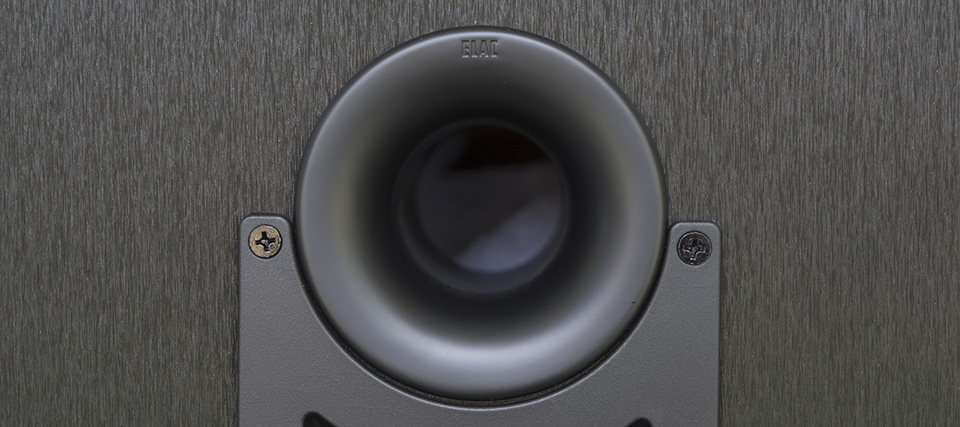
Port is a new part for this line of speakers, it has a matte finish along with the same ELAC branding as found on the debut series speakers.
Terminals:
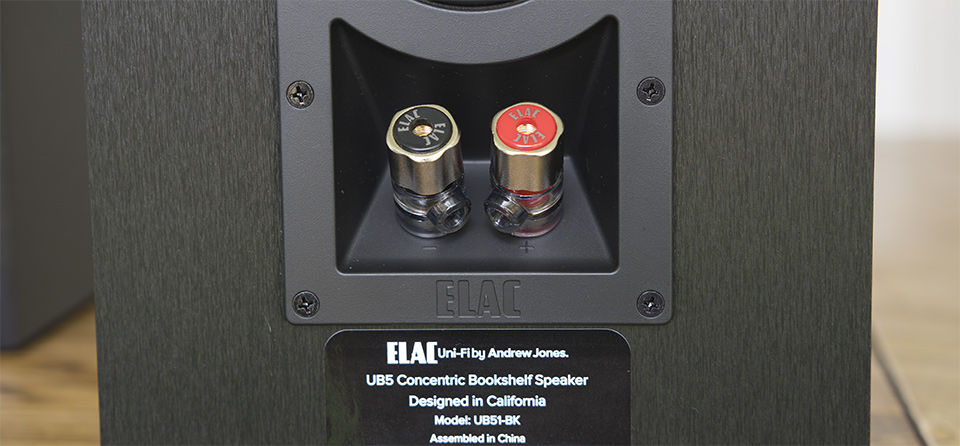
I thought the terminals on the B5 were obscene. Well, Jones has one upped those in a big way. For something that sits on the back of the speakers and get used once or twice the terminals are amazingly nice, but a massive pain to use with bare wire.
Desktop Setup:

I put the speakers up on the desk, but sadly there is not much to say.
Update: ELAC America let me borrow a fully functioning pair of UB5's and I was able to complete listening impressions, which you can read in part 2 of this review.
Desktop impressions:
They are a little large, but they fit just fine on my very small desk.
Let's take some measurements:
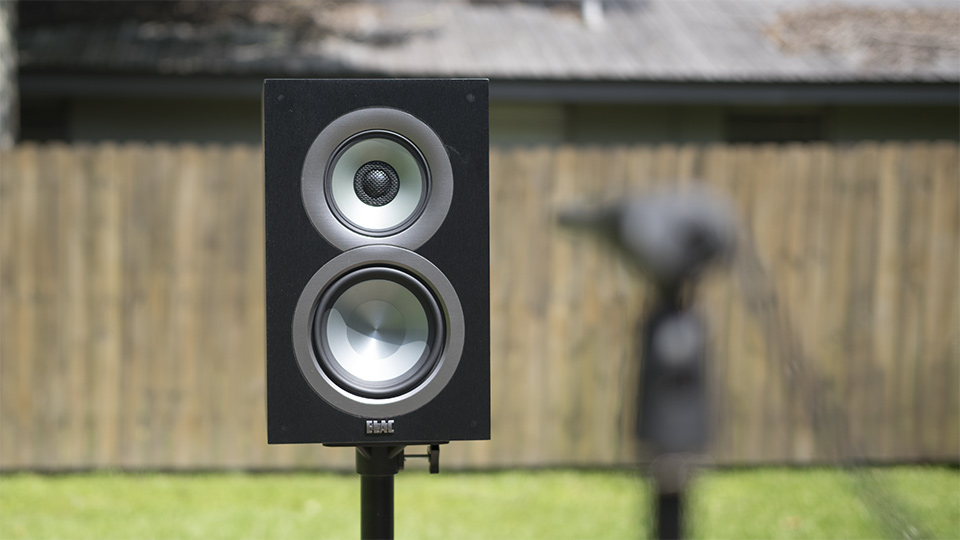
I ran through some close mic measurements indoors to confirm the one good UB5 was in fact functional and hauled it outside for a quick round of measurements. Summer heat and sine sweeps go together like dehydration and cold beer.
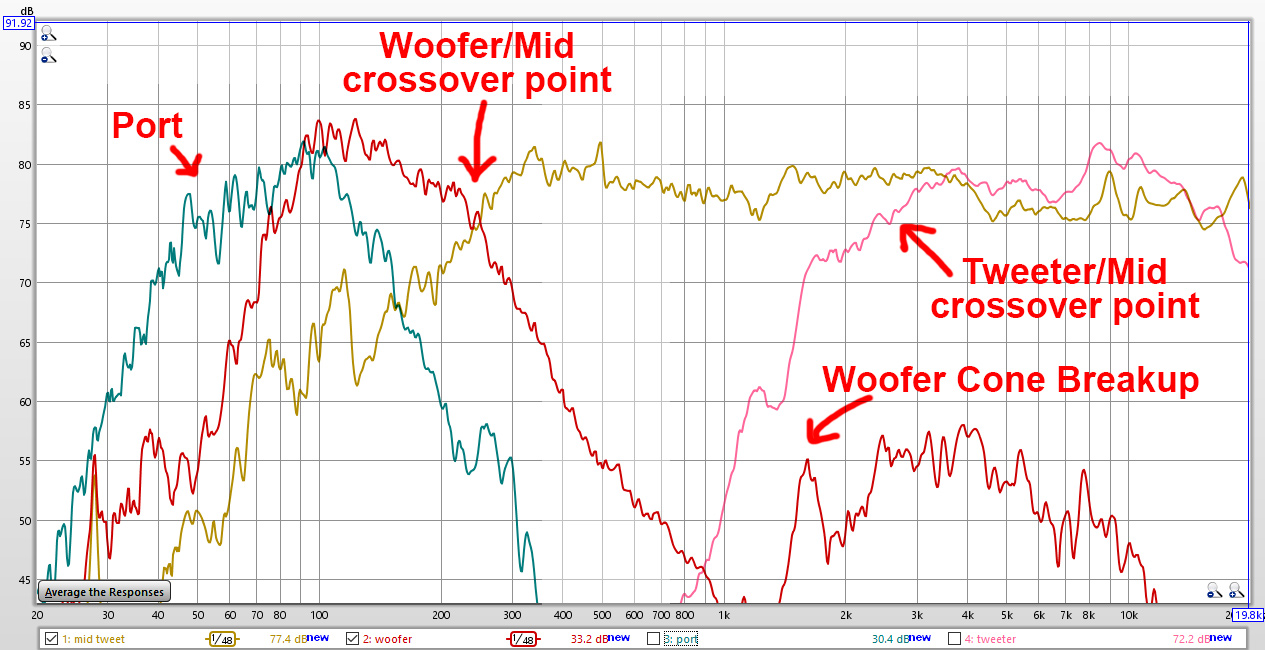
These are close mic measurements, where I place the measurement microphone very close to the drivers to see what they are doing without interference from the baffle. I used woofer and tweeter data from the broken speaker to clearly see what they were doing (the midrange was not interfering with the measurements.) Working from left to right, the port rolls the bass response off starting at about 50Hz. the crossover point between the mid and the woofer is at 250Hz, and the cone breakup from the woofer is about 20dB down. Midrange to tweeter crossover happens about 2750Hz.
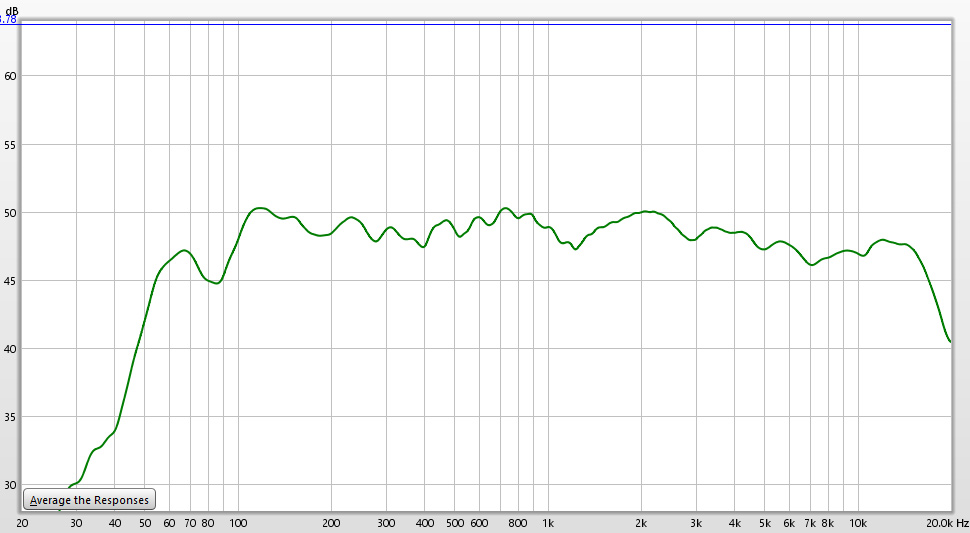
Outdoor on axis measurement smoothed to 1/6 octave. looks like the bass rolls off a little too much, and the tweeter is a little down in volume at the top end as well.
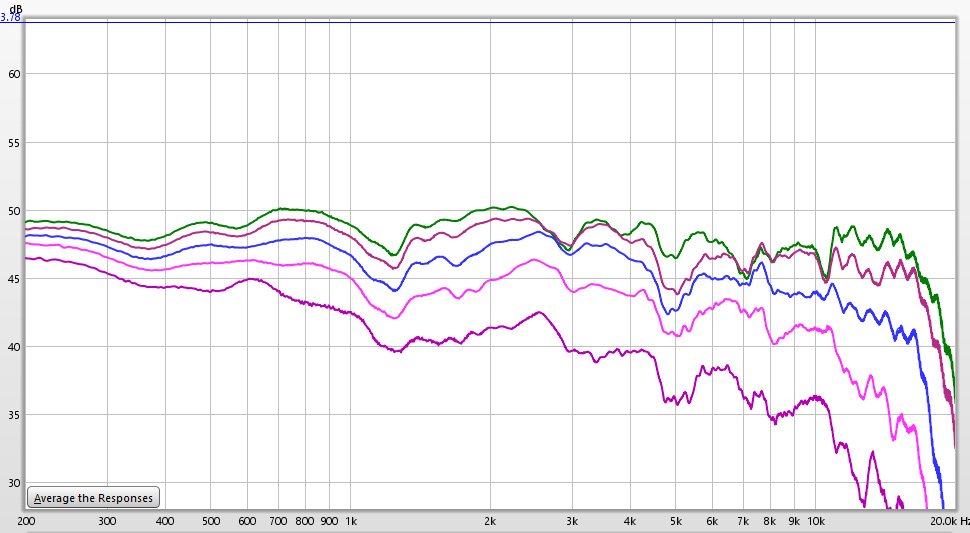
These are outdoor measurements windowed to 7ms to remove reflections. The windowing limits the response to 200Hz and above. The top measurement is on axis, and each one below that is in 15 degree increments until I reach 60 degrees off axis with the bottom measurement. Still have the top octaves a couple of dB down, and above 10k shows some diffraction from the tweeter being loaded into the midrange. Based on the off axis there may also be some cone breakup at 7.5kHz on the midrange.
DSP Correction:
Can't correct what I can't hear.
Update: ELAC America let me borrow a fully functioning pair of UB5's and I was able to complete listening impressions, and DSP correction which you can read in part 2 of this review.
Final thoughts:
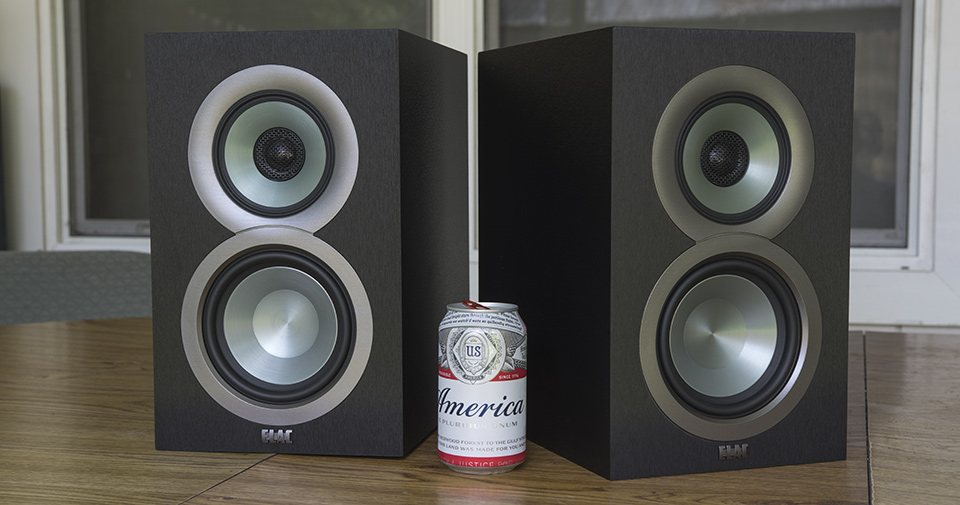
The ELAC UB5 looks to be a hell of a pair of speakers once ELAC irons out all of the problems. Only weaknesses I can see from the measurements is for a three way of this size the bass is limited.
Also, I'm interested to see if there is any audible cone breakup in the 7.5k range, and the rolled of treble might make the speaker sound a bit dull.
I will have to wait and see if I get another chance at the UB5 in the future. Because I have not heard it I cannot recommend it.
As for the future, there is no word yet on a 6 inch version of the Uni-fi speakers. If a UB6 is coming I plan on picking it up. A 6 inch version of this speaker in a larger box should extend the bass response and output to more respectable levels.
Update: ELAC America let me borrow a fully functioning pair of UB5's and I was able to complete listening impressions, which you can read in part 2 of this review.
Click here to buy the ELAC UB5 speakers.
Check out the system finder to see what I recommend.
Other content you may like:
- Vanatoo Transparent One Review - Software update brings new standard of performance!
- Lone Star Audio Fest 2018 - Staying up late, drinking too much, smoking like chimneys!
- Andrew Jones goes back the be begining, ELAC B5.2 Debut 2.0 Review is up!
- New Scores for all reviewed speakers - Compare and sort for fun!
- Creative Sound Solutions DIY Solution for the high end - CSS Criton 1TD v2 review is up!
- Dayton Makes a Budget Desktop speaker with a crossover - Dayton Audio MK402 review is up!
- Smaller than small, deeper than deep - iLoud Micro Monitor review is up!
- Vanatoo's new speaker, The Transparent Zero review is up!
- SVS Prime Bookshelf Review is now available for your viewing pleasure
- ELAC A-Stock UB5 Listening Impressions are up!
- 30 years in the making, the ancient Bose 901 finally gets measured - The Bose 901 review is up!
- Lock and load, we are hitting the bottom of the barrel with both barrels - The Logitech z313 review is up!
- Bulletproof speakers... No, it's just the B&W 686 S2 Review!
- Declare independence from the British sound! - The KEF Q300 review is up!
- Recommended System Finder - Just in time for the Holidays!
- JBL LSR308 Studio Montor - Super Massive Epic Review!
- Two years after starting this site I finally get around to talking about my stereo.
- Small and cheap speakers transform into retarded and good... Micca COVO-S Review!
- AMT tweeter on a B652? The Dayton B652-AIR is reviewed for great justice!
- JBL LSR305 Studio Monitor Review!
- Zu Essence Review!

